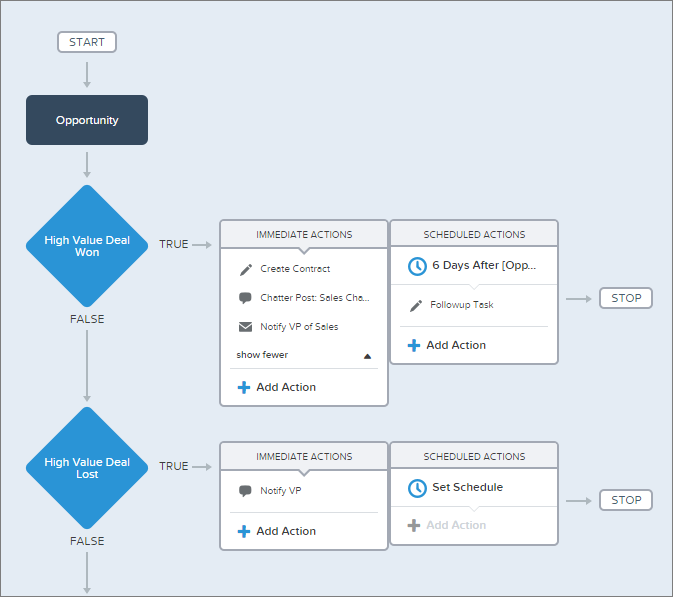I hate the word “manage.”
We throw around the word “manage” way too loosely.
Read MoreWe throw around the word “manage” way too loosely.
Read More



It’s fun to see quick sketches become cool animations.

iOS without touch input
I found out the hard way CarPlay supports displays that are not touchscreens. The built-in infotainment system on this Audi A4 rental is controlled by a clickwheel of sorts down in the center console near the cupholders. The screen itself does not support touch, kinda like a TV.
And speaking of TV, navigating the CarPlay-compatible apps on your iOS device is somewhat like using the AppleTV remote, but worse. Unlike a TV, the device is very much in arm’s reach, so your impulse is to tap, swipe and pinch all the time.
I find myself wondering how iOS developers support scenarios where touch is not available; VoiceOver is my best guess. Also, there’s not much consistency in the aspect ratios of these screens, but I think developers are already dealing with that somehow (to support different sizes and shapes of iPhones and iPads).
I’ve switched over to the Google Assistant app as “the official way to use Google on my phone.” Having the chat thread there to reference the last few things I’ve searched is great, and the suggested actions are generally useful.

Somewhere, Joseph Campbell is nodding approvingly as Ghana allocates resources to build a space for “spiritual transactions.”

“Anger doesn’t get anything done, so you have to find out: How do I make it work? That’s why I was always maniacal about transforming every problem into a puzzle which I can solve. I can solve a puzzle—a problem just stresses me out.”
It’s good to see Harvard Business Review promoting the idea that if you want to get employees to change, you need to make the new behavior easy to do. If you want people to eat fruit, give them a banana and not a mango—or else they’ll grab a muffin.
The same logic applies to customers, since they’re people too. 🙂 When we build Salesforce apps that ask salespeople to do extra work, we always push hard to get extra attention focused on the ease of use of those features. Salespeople can usually ignore your app if they close enough business, leaving you with an “adoption problem.”
Stanford professor BJ Fogg has a great Behavior Model that explains the forces at play more completely. Essentially, it’s a question of motivation vs. ability: if the salespeople are unmotivated to log their activity or use your app, you better make it easy. On the flip side, no one ever had to set an alarm to eat dessert. People will endure great pain to become famous in Hollywood.
Bottom line: when you’re building and selling products, you’re generally better off ignoring motivation and instead focusing on reducing any friction involved in buying or using your product.


I would argue enterprise software’s defining characteristic is the inclusion of enough configurability to satisfy a large company. The fewer times your sales rep has to say, “sorry, we can’t do that” the better. It’s easier to build extensibility and preferences into your app than to convince all your corporate customers to use the same process.
Salesforce has a particularly robust set of tools to allow system integrators or IT teams to expand upon pre-packaged apps with custom workflows, reports, and even code. In some cases, it makes sense for the software vendor to stop short and let an integrator solve for the last mile.
nCino is a particularly successful example of this; they’ve balanced the competing concerns well enough for Accenture to develop a practice around their product. It’s a lot easier to bootstrap such a thing if all the consultants with Salesforce skills can be brought to bear on your implementation.
So if you’d like the largest global system integrators to be a channel for your product, consider building on Salesforce.
Nice little article in Quartz today about how Satya Nadella changed things for the better at Microsoft, including customer visits during executive retreats:
Another decision, not universally loved, was scheduling customer visits. “There was more than a little eye rolling and groaning,” Nadella reports. But the next morning, roughly 150 retreaters were split into groups and traveled together in vans to visit clients, including large and small businesses, schools, hospitals, and startups. Each van, Nadella says, carried one “nervous account manager” along with a cross-section of business leaders from a range of company departments, like marketing, engineering, and finance.
When they all regrouped for dinner back in the mountains, the employees were assigned tables within remixed groups, and were therefore not able to fall back into their regular circles and—let’s be honest— gripe. Instead, each person was asked to describe their day and discuss where they saw the company’s culture and where it should go. Nadella writes that he expected little engagement, more of a “let’s-get-this-over-with” attitude. “They’d be persnickety” he predicted. Instead, he claims, the conversations went long into the evening.
There’s something in human nature that makes it next to impossible to ignore the plight of your customer when you see it with your own two eyes. It doesn’t matter if the evidence is only anecdotal.
“If you want to build a ship, don’t drum up the men to gather wood, divide the work and give orders. Instead, teach them to yearn for the vast and endless sea.”
Sometimes, great minds think alone.
Most people are lucky to spend part of their career on a team that effectively executes against its goals. Having been in organizations that couldn’t, I consider myself quite fortunate at this point.
So the thought of being in environment without goals—as Alan Kay describes Xerox PARC—kind of boggles my mind. Pursuing research towards a bold vision of the future without prescribed targets would be kind of amazing, but it would be easy to feel adrift. I wonder what it was like to lead/manage in that environment.
I’m glad they pushed through.

I was recently asked for more detail on a certain user flow, but since it was a secondary use case we hadn’t budgeted for detailed renderings. Good storyboards stand on their own and there just wasn’t time for that.
Instead, I combined Ryan Singer’s see/do technique with a little bit of Interactive Sketching Notation. What the user sees is shown or described on top, and what they do is on the bottom. Their actions obviously affect what happens next and where they navigate.
You can also use this with non-linear flows; I could have drawn out additional frames for package contents and terms and linked to them if they were important enough to see.
How come income tax doesn’t work like a credit card bill, where they TELL you what you owe instead of sending you a blank form?
California was one vote away from that being a reality.